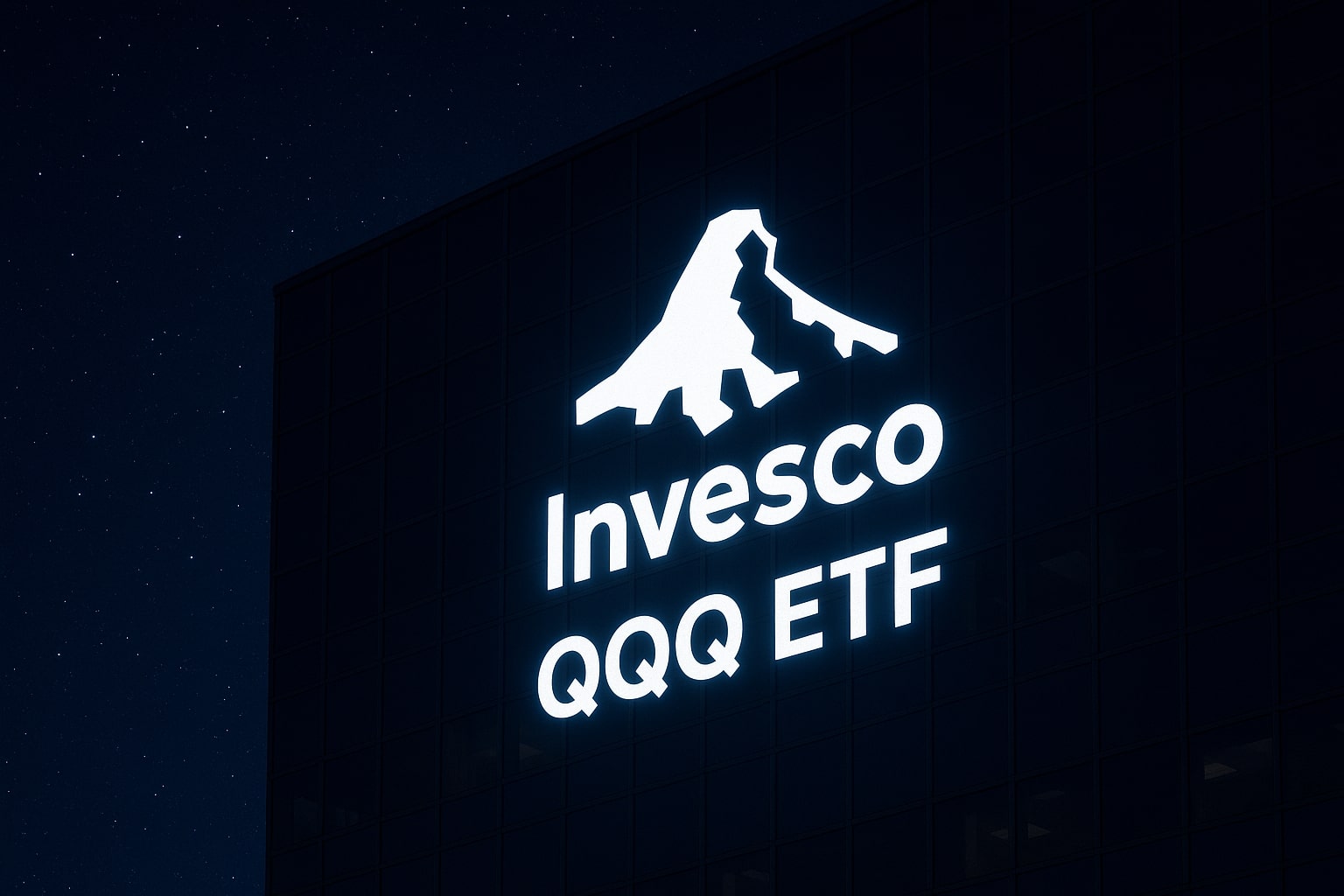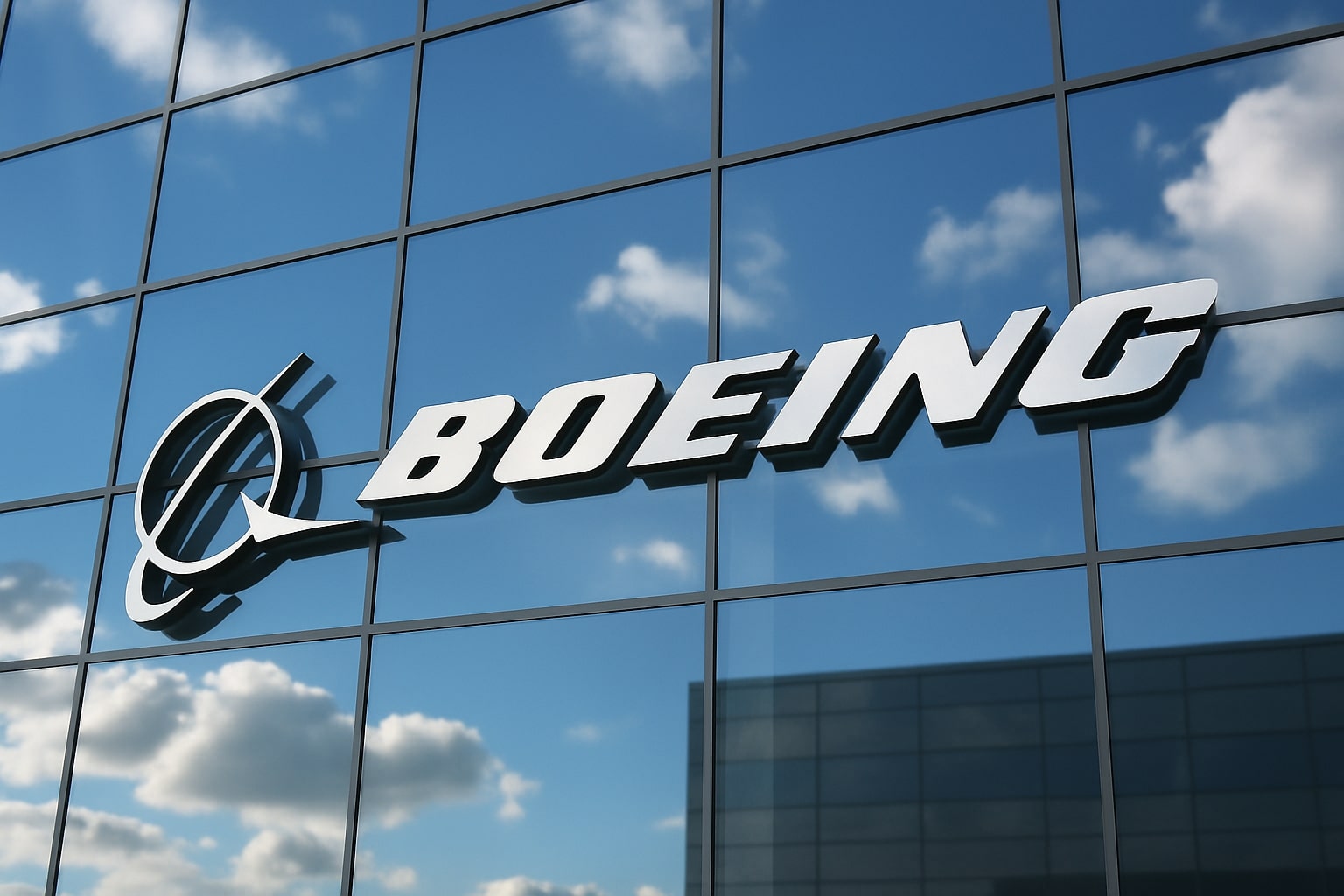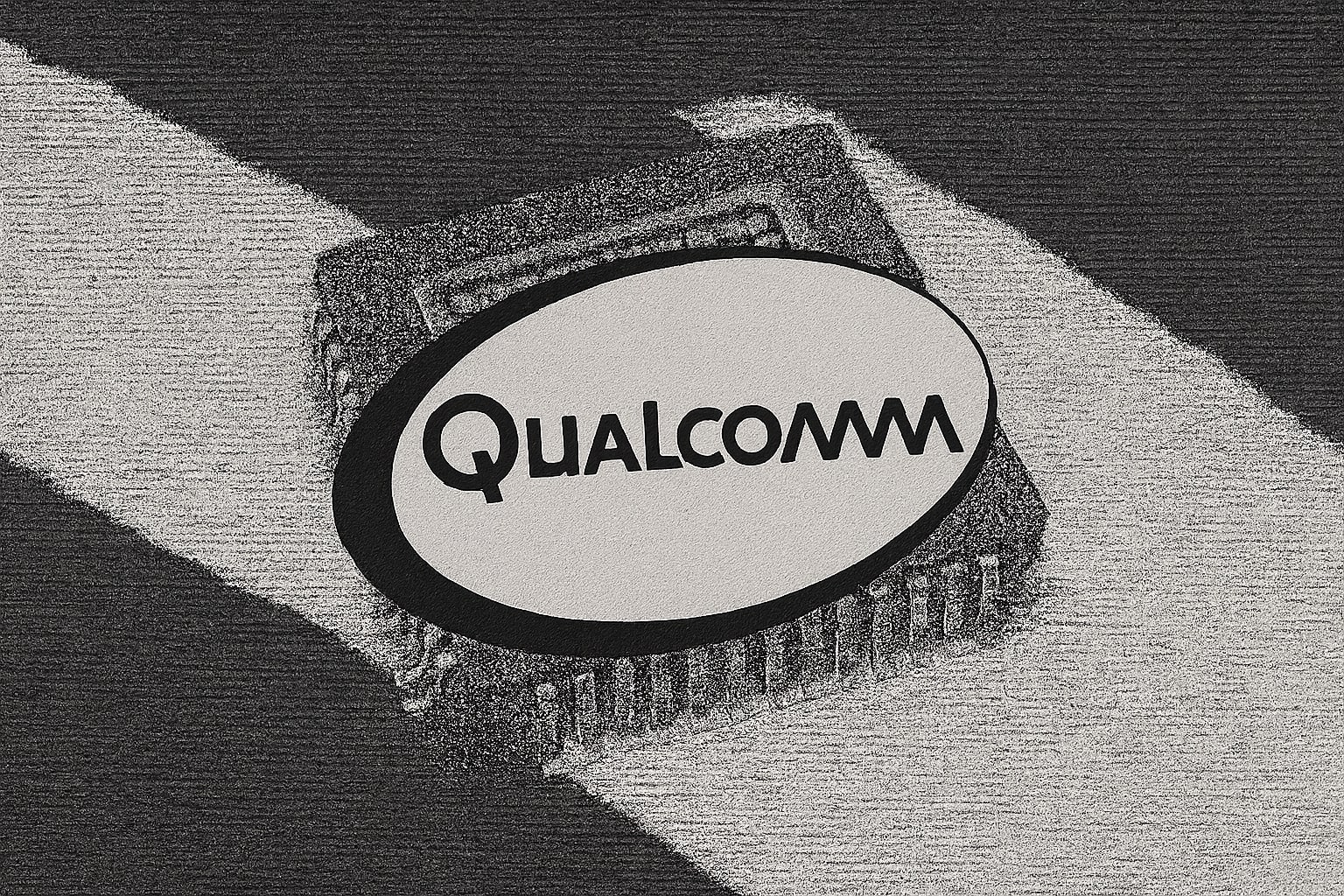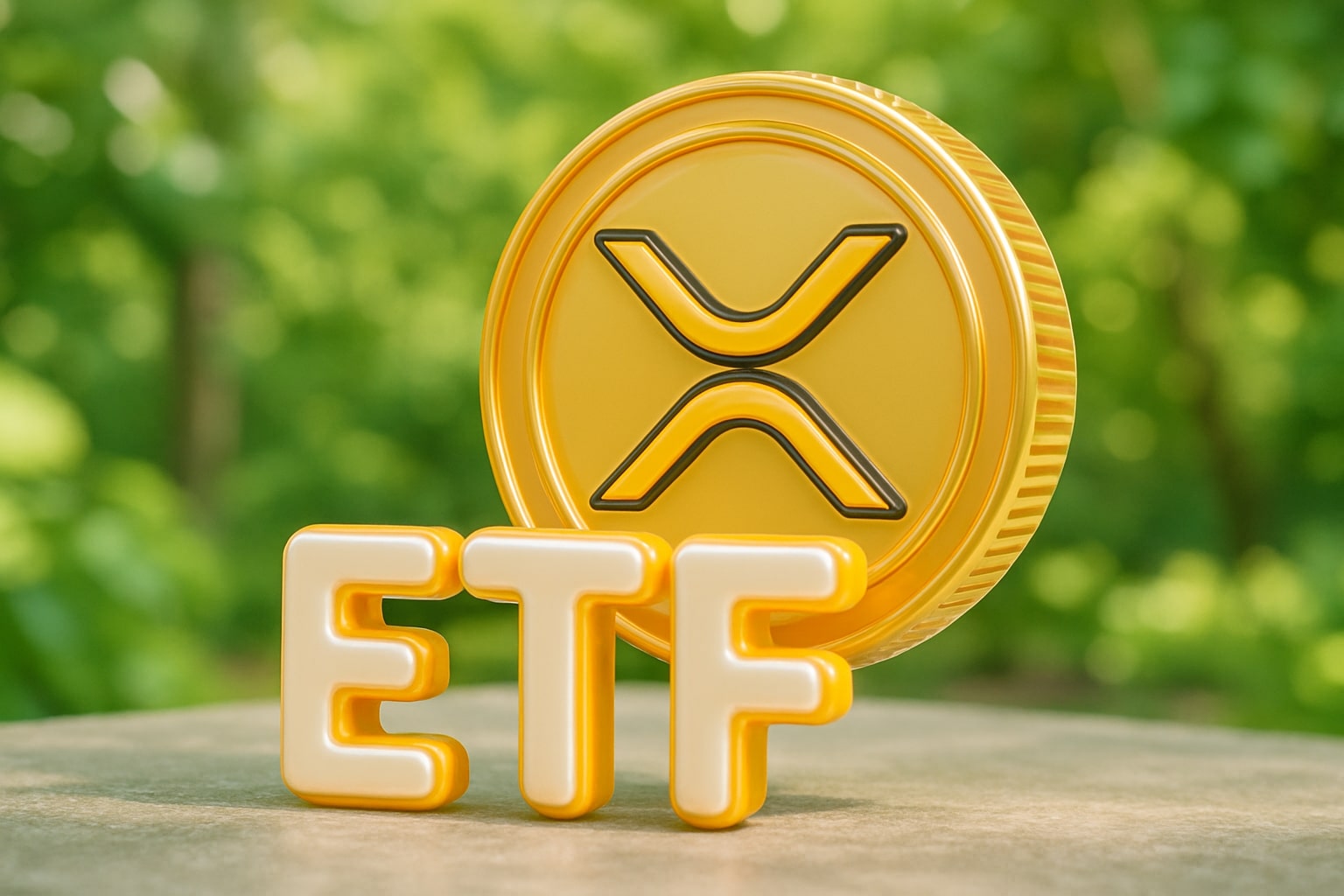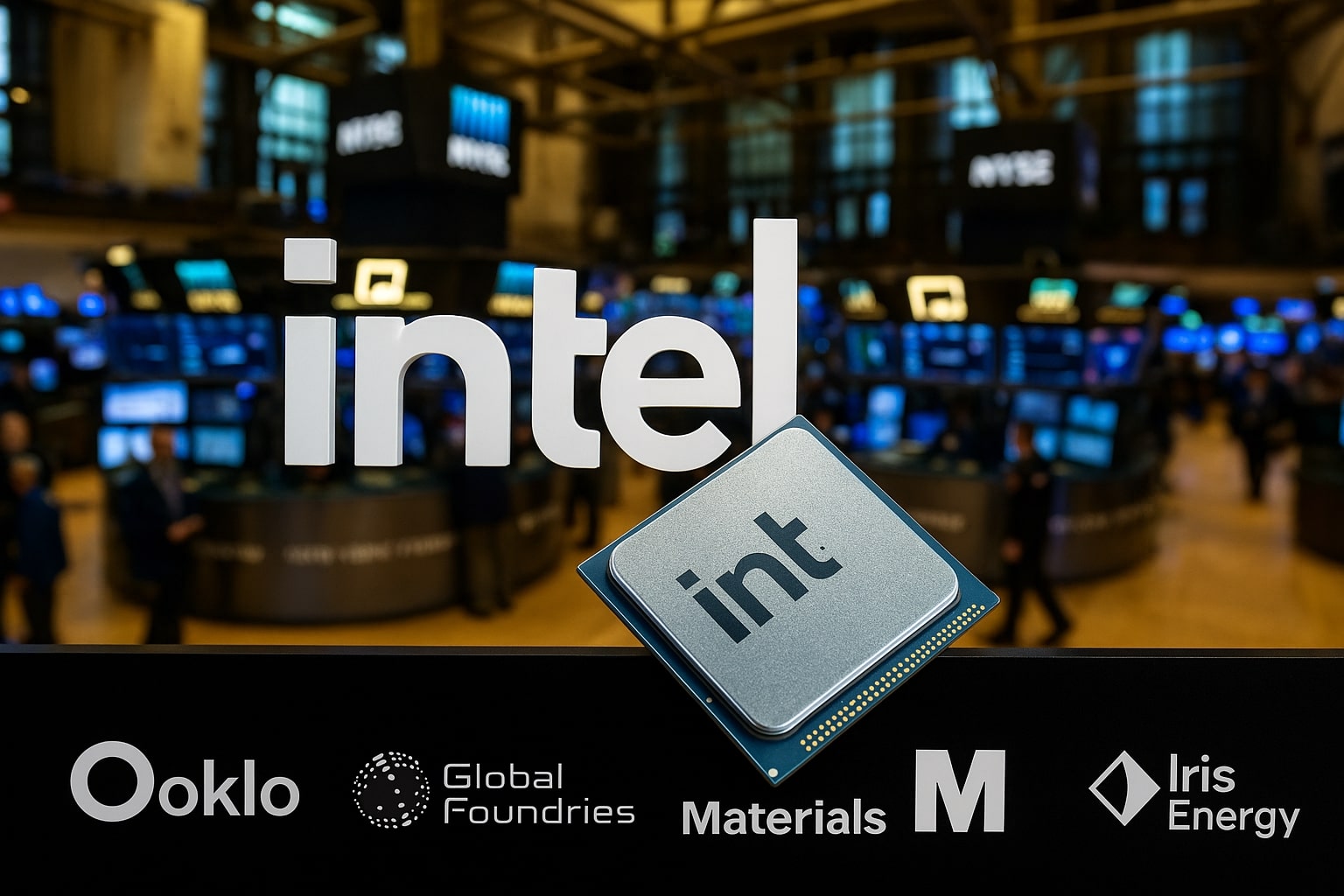
Stock Market Today - Dow Soars 356 Points as Inflation Matches Forecasts; Intel Rockets Above $36, Paccar Jumps on Tariffs
S&P 500 climbs to 6,640, Nasdaq hits 22,456; Intel (INTC) rallies 20% this week, Paccar (PCAR) surges 5% on Trump’s 25% truck tariffs, Boeing (BA) gains 4.4%, while Costco (COST) tumbles 2.5% after slowing sales | That's TradingNEWS
Wall Street Rebounds as Inflation Data Eases Fears
U.S. equities regained traction on Friday after three days of losses, with the Dow Jones Industrial Average (^DJI) adding 356 points, or 0.77%, to close at 46,302. The S&P 500 (^GSPC) rose 35.6 points, up 0.54%, finishing at 6,640, while the Nasdaq Composite (^IXIC) advanced 72 points, up 0.32%, to 22,456. The bounce came after the Personal Consumption Expenditures (PCE) index for August — the Fed’s preferred inflation gauge — showed headline inflation at 2.7% year-over-year, with core PCE at 2.9%, both perfectly aligned with consensus estimates. The monthly increase of 0.3% steadied markets and reassured traders that the probability of two quarter-point rate cuts before year-end remains intact.
Federal Reserve Path: Rate Cuts Still in Play Despite Sticky Core Inflation
The bond market’s reaction underscored the fine balance the Fed faces. The 10-year Treasury yield edged higher to 4.19%, but the market shrugged off the uptick as the dollar index slipped to 98.20, its weakest level since 2022, boosting risk assets. Inflation Insights highlighted that a core rate hovering near 3% still challenges the Fed’s credibility, yet futures tracked by CME FedWatch continue to assign over 70% odds to another cut in October. Wells Fargo warned that an overreliance on labor softness to justify easing could backfire, but investors appear comfortable with the idea of gradual policy support into year-end.
Industrials Surge on Tariff Headlines: PCAR and BA Lead
Industrials led Friday’s rally, with Paccar (NASDAQ: PCAR) soaring 5.16% to $100.50 after President Trump confirmed a 25% tariff on imported heavy trucks starting October 1. The measure, designed to protect U.S. truck makers such as Peterbilt and Kenworth, sent PCAR back above the $100 threshold. Meanwhile, Boeing (NYSE: BA) climbed 4.4% after the FAA loosened delivery restrictions, allowing the aerospace giant to resume alternating responsibility for airworthiness certificates. With BA trading near $197, the stock became the standout driver of the Dow.
Technology Stocks Deliver Mixed Signals
The most dramatic moves came from semiconductors. Intel (NASDAQ: INTC) extended its rally with another 6% gain to $33.99, pushing intraday to $34.25, a new 52-week high. Trading volume spiked to 291 million shares, nearly three times its 3-month average, fueled by reports of partnership talks with Taiwan Semiconductor (NYSE: TSM) and Apple (NASDAQ: AAPL). Combined with NVIDIA’s (NASDAQ: NVDA) earlier $5 billion investment, Intel has surged more than 20% this week, lifting optimism about its foundry revival. Nvidia closed higher at $177.69, while Oracle (NYSE: ORCL) fell 2.14% to $285.10, extending a three-day decline as traders questioned the pace of AI-related cloud spending. The divergence highlights an AI trade under pressure even as specific chipmakers rebound sharply.
Consumer Sentiment Weakens, Equity Holders More Optimistic
The University of Michigan Consumer Sentiment Index dropped to 55.1, below forecasts of 55.4 and down 5.3% from August. Compared with last year, sentiment is lower by more than 21%. Inflation expectations remained firm at 4.7% for one year and 3.7% for five years. However, the survey revealed stark contrasts: households with significant stock portfolios maintained confidence, while those without exposure to equities saw sentiment deteriorate. With 44% of respondents citing high prices as their top financial strain — the worst reading in a year — consumer confidence risks eroding spending power even as indexes climb.
Read More
-
QQQ ETF at $614 After a 123% Surge: AI, Rates and 2026 Targets In One Trade
12.12.2025 · TradingNEWS ArchiveStocks
-
XRP ETF Surge: XRPI $11.71 and XRPR $16.55 Track XRP’s $2 Floor and $1B Inflows
12.12.2025 · TradingNEWS ArchiveCrypto
-
Natural Gas Price Forecast: NG=F Clings to $4.12 Support After Weather Shock
12.12.2025 · TradingNEWS ArchiveCommodities
-
USD/JPY Price Forecast – Dollar to Yen Back at 156 as Fed Cut and BoJ Liftoff Collide
12.12.2025 · TradingNEWS ArchiveForex
Street Targets: S&P 500 at 7,000 Becomes Consensus
Institutional forecasters grew more bullish despite macro uncertainty. BMO Capital Markets raised its year-end S&P 500 target to 7,000, a roughly 6% gain from Thursday’s close. Chief strategist Brian Belski argued that GDP growth revised upward to 3.8% in Q2, combined with manageable tariff impacts, supports continued resilience. UBS emphasized that high valuations alone rarely dictate outcomes, pointing to 1999 and 2021 as examples of sustained rallies during accommodative policy and strong earnings cycles. Fitch Ratings, however, warned that inflation pressures remain “clear and present,” stressing that both goods and services are contributing to sticky price growth.
Earnings and Sector Standouts Beyond Tech and Industrials
Retail was mixed. Costco (NASDAQ: COST) dropped 2.52% to $919.51 despite reporting Q4 EPS of $5.87 per share on $86.16 billion revenue, both topping expectations. Same-store sales growth of 6.4% — while strong — marked a second consecutive quarter of deceleration, raising questions about momentum. On the gainers’ list, Carpenter Technology (NYSE: CRS) added 6.16% and GlobalFoundries (NASDAQ: GFS) climbed 7.20%, both benefiting from industrial and semiconductor tailwinds. Conversely, Iris Energy (NASDAQ: IREN) plunged 13%, MP Materials (NYSE: MP) lost 9.3%, and Oklo (NYSE: OKLO) fell 7.5%, underscoring volatility in clean energy and mining-related equities.
Tariffs Pressure Furniture Stocks, Highlight Sector Divergences
The new round of tariffs extended beyond heavy trucks. RH (NYSE: RH) fell 4% to $243, Wayfair (NYSE: W) lost 3% to $60, and Williams-Sonoma (NYSE: WSM) dropped 3% to $237 as Trump announced a 30% tariff on upholstered furniture imports. These moves contrast sharply with gains in industrial names, showing how tariff policies are redistributing performance across sectors.
Commodities Add to Positive Market Tone
Energy and metals strengthened, reinforcing the bullish backdrop. West Texas Intermediate crude (CL=F) rose 1.4% to $65.90 per barrel, while gold (XAU/USD) gained nearly 1% to $3,800. The weaker dollar supported commodity prices, giving investors a hedge against inflation while equities rallied. The dual strength in risk assets and safe havens suggests positioning for both continued growth and protection from volatility.
Trading Verdict: Equities Still Lean Bullish With Selective Risks
By Friday’s close, the Dow Jones up 0.77%, the S&P 500 at 6,640, and the Nasdaq Composite at 22,456 reflected resilience despite sticky inflation. Tariff-driven rallies in PCAR and BA, Intel’s surge past $34, and strength in niche industrials offset weakness in consumer-facing names like Costco and RH. With strategists like BMO forecasting 7,000 for the S&P 500 and policy still supportive, momentum remains upward. Risks tied to weakening sentiment and persistent inflation are evident, but earnings momentum and capital inflows favor further gains. Based on current data, U.S. equities merit a Buy rating, with overweight exposure to industrials and semiconductors, while trimming discretionary retailers facing tariff headwinds.














